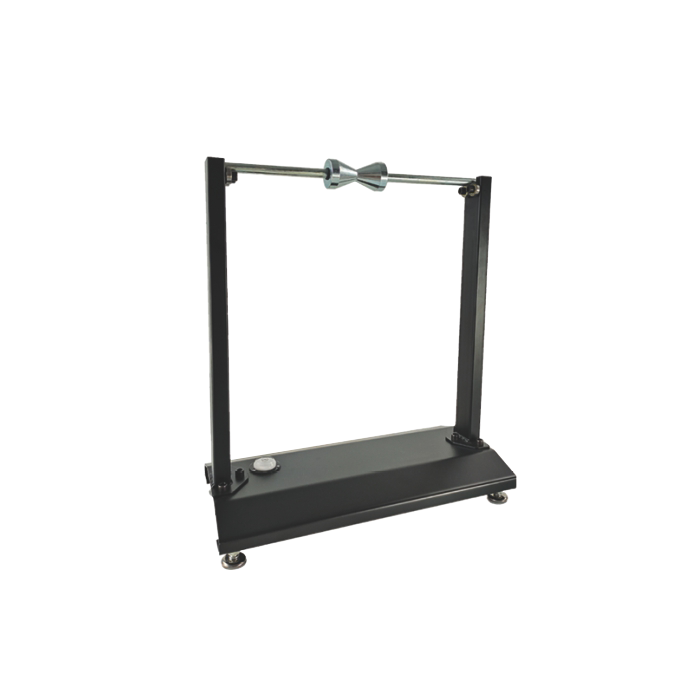The Importance of Wheel Balancing in Motorcycle Maintenance
Understanding Wheel Imbalance and Its Effects
Wheel imbalance occurs when the weight distribution around the wheel's axis is uneven. This can lead to a myriad of issues, including vibrations, uneven tire wear, and compromised handling. Even minor imbalances can have a significant impact on your motorcycle's performance, especially at higher speeds. Recognizing the signs of imbalance, such as wobbling handlebars or a shaky ride, is crucial for timely intervention.
Benefits of Regular Wheel Balancing
Regular wheel balancing with a motorcycle wheel balancer stand offers numerous advantages. It enhances ride comfort by eliminating vibrations, improves fuel efficiency by reducing rolling resistance, and extends the lifespan of tires and suspension components. Moreover, balanced wheels contribute to better traction and stability, particularly during cornering and high-speed riding. By incorporating wheel balancing into your routine maintenance schedule, you're investing in both safety and performance.
When to Balance Your Motorcycle Wheels
Knowing when to balance your motorcycle wheels is key to maintaining optimal performance. Generally, it's recommended to balance wheels after installing new tires, repairing a puncture, or noticing any changes in ride quality. Additionally, seasonal changes can affect tire pressure and balance, making it wise to check balance during your pre-season maintenance. For high-performance or frequently ridden motorcycles, more frequent balancing may be necessary to ensure peak performance.
Setting Up Your Motorcycle Wheel Balancer Stand
Choosing the Right Wheel Balancer Stand
Selecting an appropriate wheel balancer stand is crucial for accurate results. Look for a stand that's compatible with your motorcycle's wheel size and weight. High-quality stands often feature adjustable components to accommodate various wheel types. Consider factors such as stability, ease of use, and durability when making your choice. A well-designed stand will make the balancing process smoother and more precise.
Preparing Your Workspace
Before setting up your motorcycle wheel balancer stand, ensure you have a clean, level surface to work on. Good lighting is essential for accurately reading the balance indicators. Organize your tools and weights nearby for easy access during the balancing process. A clutter-free workspace not only enhances safety but also improves efficiency, allowing you to focus on the task at hand without distractions.
Assembling and Calibrating the Stand
Proper assembly and calibration of your wheel balancer stand are vital for accurate results. Follow the manufacturer's instructions carefully during setup. Most stands require leveling adjustments to ensure the wheel spins true. Use a spirit level to check the stand's horizontal alignment. Some advanced models may have built-in calibration features. Taking the time to set up your stand correctly will pay off in more precise balancing and consistent results across multiple uses.
Step-by-Step Guide to Balancing Your Motorcycle Wheel
Removing and Inspecting the Wheel
The first step in balancing your motorcycle wheel is to safely remove it from the bike, using the proper tools and techniques to avoid damage. Once removed, conduct a thorough inspection of both the wheel and tire for any signs of damage such as cracks, dents, or embedded debris that could affect balance. Clean the entire wheel surface, especially around the bead area where weights will be attached, ensuring no dirt or old weights remain. This preparation helps you begin the balancing process accurately, addressing the wheel’s true needs.
Mounting the Wheel on the Balancer Stand
Next, carefully mount the wheel onto the motorcycle wheel balancer stand, making sure it is firmly secured and perfectly centered on the axle. The wheel must be able to spin freely, without any wobbling or resistance that could interfere with measurements. Check that the axle is properly seated and that the wheel sits perpendicular to the stand’s frame. Proper mounting is essential for obtaining accurate balance readings and allows you to precisely position balance weights where necessary.
Identifying and Correcting Imbalances
To locate imbalances, spin the wheel gently and observe where it naturally stops; the heaviest point will settle at the bottom. Mark this spot clearly, then rotate the wheel 90 degrees and repeat the process to confirm consistency. Once the heavy area is identified, attach small balance weights on the opposite side of the rim to counteract it. Spin the wheel again and check for improvements. Continue adjusting the weights incrementally, spinning and testing repeatedly until the wheel stops at random positions, indicating a properly balanced wheel.
Conclusion
Mastering the use of a motorcycle wheel balancer stand is a valuable skill that can significantly enhance your riding experience. By understanding the importance of wheel balance, selecting the right equipment, and following a systematic approach to balancing, you can ensure your motorcycle performs at its best. Regular wheel balancing not only improves handling and safety but also contributes to the longevity of your tires and overall enjoyment of your rides. Remember, patience and precision are key to achieving that perfect balance that will have you cruising with confidence on every journey.
Contact Us
Ready to elevate your motorcycle maintenance game? For more information on high-quality motorcycle wheel balancer stands and other essential maintenance tools, contact RUNVA ENTERPRISES LIMITED at info@runva.com.cn. Our team of experts is here to help you find the perfect solutions for all your motorcycle maintenance needs.

_1737625693698.webp)


